-
Similar Content
-
- 3 replies
- 6,995 views
-
- 2 replies
- 4,339 views
-
An anamorphic music promo - KOWA x2 with Tokina .4 achromat
By wotsisname,
- anamorphic
- GH3
- (and 7 more)
- 3 replies
- 2,926 views
-
- 1 reply
- 2,652 views
-
- 0 replies
- 2,255 views
-


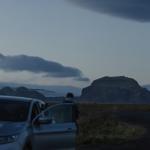
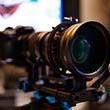
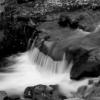
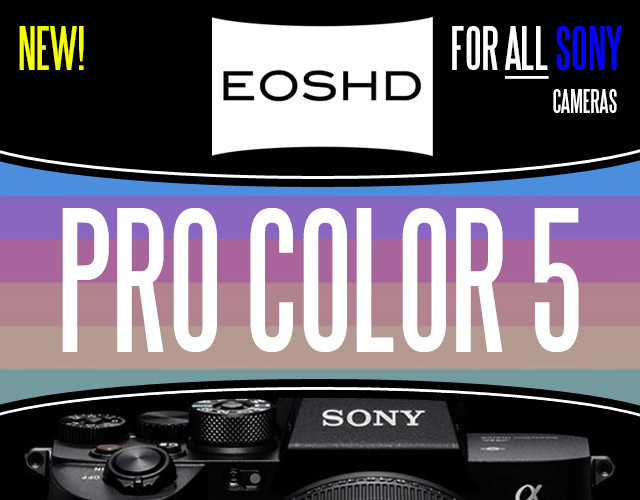
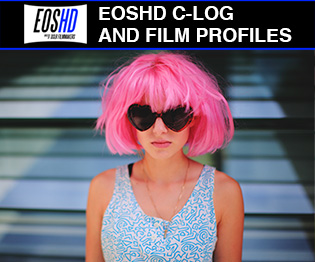
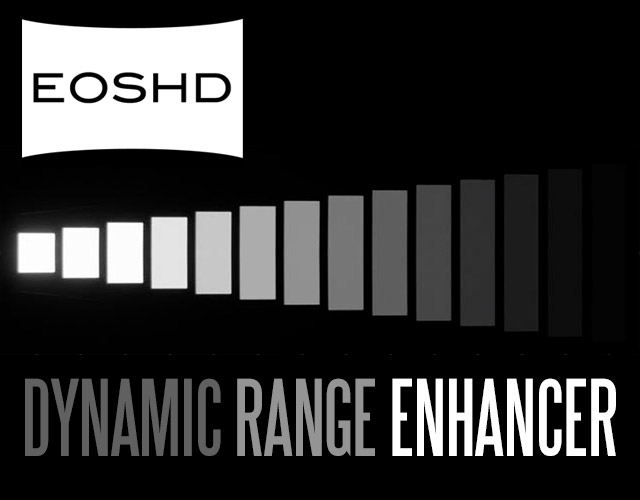
Recommended Posts
Create an account or sign in to comment
You need to be a member in order to leave a comment
Create an account
Sign up for a new account in our community. It's easy!
Register a new accountSign in
Already have an account? Sign in here.
Sign In Now